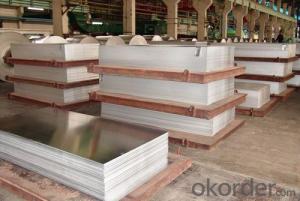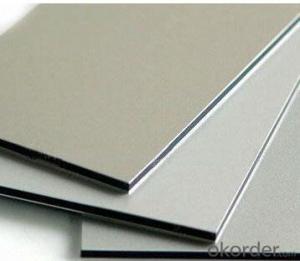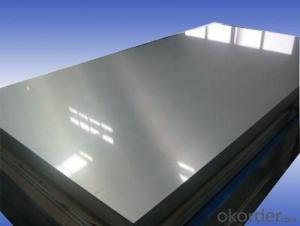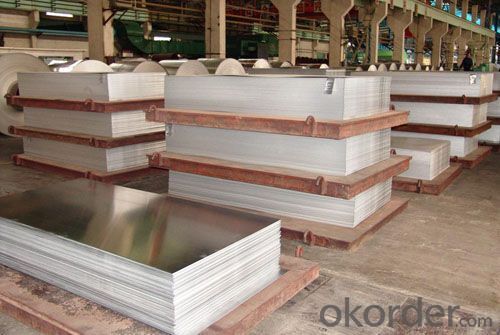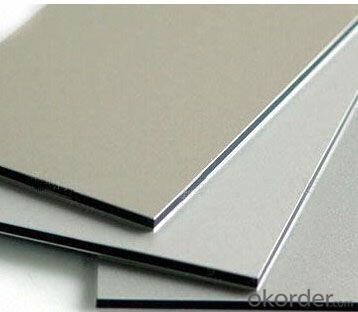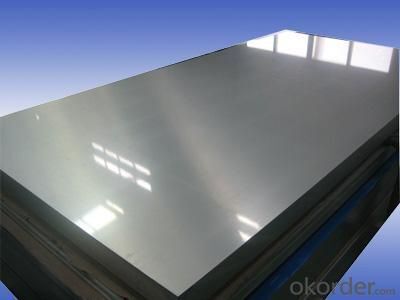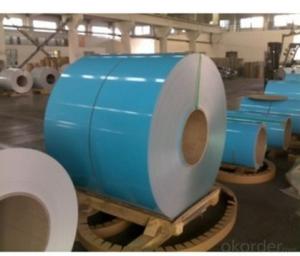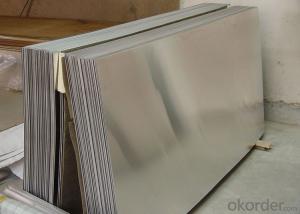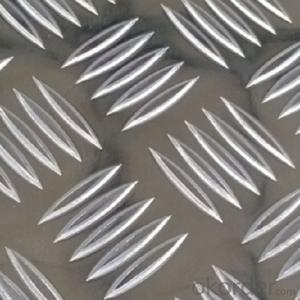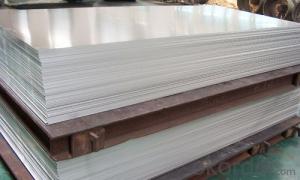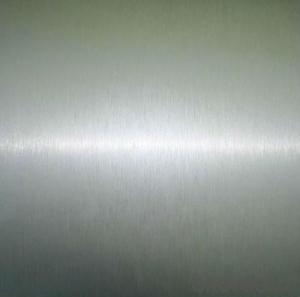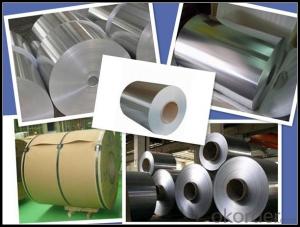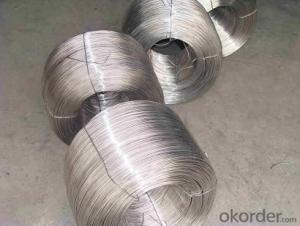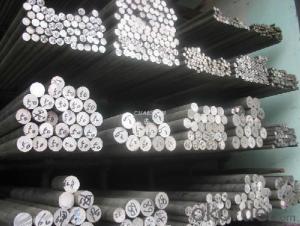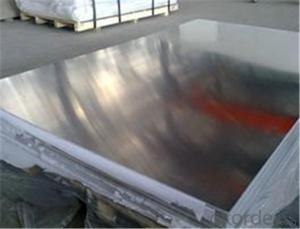Aluminum Plain Sheets Alloy 1xxx/3xxx/5xxx/6xxx/8xxx Manufactured in China
- Loading Port:
- Shanghai
- Payment Terms:
- TT OR LC
- Min Order Qty:
- 5 m.t.
- Supply Capability:
- 9000 m.t./month
OKorder Service Pledge
OKorder Financial Service
You Might Also Like
Specification
Product Description
1. Specifications
Material : 3003 hot-rolling aluminium coils
thickness:0.1-10mm
width: up to1550mm
length: up to6000(alumimun sheet)

2. Surface quality
Surface without black line, the bright line, clean cut, periodic stain, roller printing defects, such as other gko internal control standards.
3. Application
Ordinary plate , chassis, cabinets , electric productions , transport ,
4. Features
The cheapest price ! , spot goods ,Deliver Faster . good corrosion resistances and excellent formability,
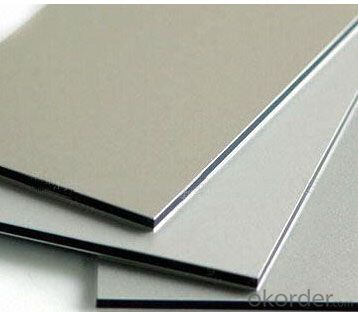
5. Quality
China Nation Standard GB 3880-2006
6. Minimum Order Quantity
5 metirc ton
Packaging & Shipping
Packing
Export packaging fumigation chassis, plank packing paper, coil diameter 1.1---- 1.14 meters, 508 soft-core, 90 degree bending cracks. Single package weigh of coil is 1.5 -2 metic tons, coil is 3-5.7 metric tons .
1000 series aluminum coil is a commercially pure aluminum.
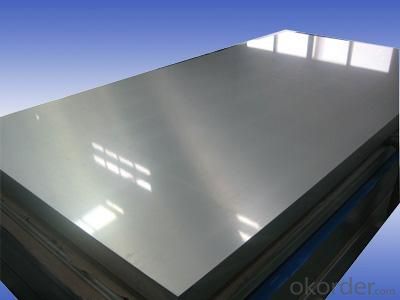
- Q: I have heard that consuming aluminum can increase your risk for Alzheimer's later in life.Knowing this, would it increase my risk to eat sweet potatoes cooked in aluminum foil?Even if there is a negligible risk, I still want to know for curiosity reasons.Thank You
- Some years ago, some people in Guam developed conditions similar to Alzheimer's by cooking in CHEAP aluminum pans. I assume that they scraped the pans, and ingested a lot of aluminum particles. I did read the article in a science magazine that I subscribed to. They had a picture of a brain cell with aluminum stuck in it. I suppose that the aluminum impeded the normal flow of electrical signals within the brain.
- Q: which kind of abraser should be used for deburring of aluminum sheet?
- as for the polishing of aluminum material, we usually nylon wheel and similar products.
- Q: How do I cut aluminum sheets?
- To cut aluminum sheets, you will need a few tools and precautions. Here's a step-by-step guide to help you through the process: 1. Safety first: Always wear protective gear, including safety glasses, gloves, and a dust mask to protect yourself from the metal shavings. 2. Choose the right tool: There are a few options for cutting aluminum sheets, depending on their thickness. For thin sheets (up to 1/8 inch), a manual hand shear or a utility knife with a sharp blade can be sufficient. For thicker sheets, you may need power tools such as a jigsaw, circular saw, or a specialized aluminum-cutting saw. 3. Measure and mark: Use a measuring tape, ruler, or a straightedge to determine the desired size of the sheet. Mark the cutting line on the sheet using a permanent marker or a scribe. 4. Secure the sheet: Use clamps to secure the aluminum sheet firmly to a workbench or a cutting surface. This will prevent the sheet from moving during the cutting process, ensuring accurate cuts. 5. Cutting with a hand shear or utility knife: For thin sheets, start by aligning the cutting edge of the shear or utility knife with the marked line. Apply firm and even pressure to make a straight cut. If using a utility knife, you may need to score the sheet several times before it breaks off. 6. Cutting with power tools: If using a jigsaw, circular saw, or an aluminum-cutting saw, make sure you have the appropriate blade for cutting metal. Set the saw's cutting depth slightly deeper than the thickness of the aluminum sheet. Align the blade with the marked line and slowly guide the saw along the cutting path, ensuring a smooth and steady motion. Apply light pressure and let the saw do the work. 7. Finishing touches: Once the cut is complete, inspect the edge for any burrs or roughness. Use a metal file or sandpaper to smooth out any imperfections. Remember, practice caution and take your time when cutting aluminum sheets. It's always a good idea to test your cutting method on a small scrap piece before proceeding with the actual sheet.
- Q: What are the potential health hazards related to working with aluminum sheets?
- <p>Working with aluminum sheets generally has low health risks. However, inhalation of aluminum dust can cause respiratory issues, such as coughing and shortness of breath. Prolonged exposure may lead to a condition known as metal fume fever. Additionally, aluminum can cause skin irritation in some individuals. It's important to use proper ventilation and personal protective equipment, such as masks and gloves, to minimize these risks.</p>
- Q: This question asks for a list of various types of fasteners that can be used to secure aluminum windows to their frames.
- <p>There are several types of fasteners used for attaching aluminum windows to frames, including: 1. Screws: Commonly used for their secure hold and ease of installation. 2. Nails: Quick to use but may not provide the same level of security as screws. 3. Adhesives: Can be used for a more permanent bond, especially in certain applications. 4. Clips and brackets: Used for a more visible, decorative attachment. 5. Rivets: Provide a strong, permanent connection but are not easily removable. 6. Dowels and pins: Used for a more traditional or decorative join. 7. Structural glazing systems: Employ silicone or other sealants to bond the window to the frame. Each type of fastener has its own advantages and is chosen based on the specific requirements of the project, such as load-bearing needs, aesthetic considerations, and the desired level of permanence.</p>
- Q: What are the different bending techniques for aluminum sheets?
- There are several bending techniques that can be used for aluminum sheets. Some of the most commonly used techniques include: 1. Air bending: In this technique, a punch is used to apply force on the sheet, which causes it to bend along a straight line. The bend angle is determined by the amount of force applied. 2. Bottom bending: This technique involves clamping the sheet between a bottom tool and a die, while a punch is used to apply force on the sheet from the top. The sheet is bent around the die, resulting in a precise and consistent bend angle. 3. Coining: Coining is a technique in which the sheet is bent using a punch and a die, but with significantly higher force applied compared to other bending techniques. This creates a crisp and sharp bend with minimal springback. 4. Rotary bending: In rotary bending, the sheet is bent around a rotating bending roll. The roll exerts pressure on the sheet, causing it to bend gradually and smoothly. 5. Roll bending: This technique involves passing the aluminum sheet through a series of rollers, which gradually bend the sheet to the desired shape. It is often used for bending large sheets or for creating cylindrical shapes. 6. Press braking: Press braking is a versatile technique that uses a press brake machine to bend the sheet. The machine consists of a punch, a die, and a back gauge, which allows for precise and repeatable bends. Each bending technique has its own advantages and limitations, and the choice of technique depends on factors such as the desired bend angle, the thickness of the sheet, and the overall shape of the final product. It is important to carefully select the appropriate bending technique to ensure the desired result and avoid any defects or damage to the aluminum sheet.
- Q: Is there any reason to believe flushing aluminum foil down the toilet is a bad idea?
- don't use caustic soda , once it hits water it can explode and go everywhere causing severe burns
- Q: What are the different types of surface treatments available for powder-coated aluminum sheets?
- Powder-coated aluminum sheets offer several options for surface treatments. Among the most common are anodizing, chemical etching, and mechanical finishing. Anodizing involves immersing the aluminum sheets in an electrolytic solution and applying an electric current. This creates a protective oxide layer on the surface, enhancing durability and corrosion resistance. It also provides a decorative finish with a wide range of colors. Chemical etching is another method. It involves applying a chemical solution to the aluminum sheets, creating a textured or patterned surface. This improves aesthetics and allows for unique designs. Mechanical finishing techniques, like brushing or polishing, can also be used. Brushing creates a brushed or linear pattern, while polishing creates a smooth and glossy finish. Furthermore, there are specialized surface treatments for specific applications. Chromate conversion coating improves adhesion of adhesives or paints, while clear coatings offer added protection against UV radiation. Ultimately, the choice of surface treatment depends on the desired aesthetic, functionality, and durability requirements of the application.
- Q: What are the advantages of using aluminum sheets over other materials?
- Using aluminum sheets offers several advantages compared to other materials. Firstly, aluminum is lightweight, making it easier to handle and transport than heavier materials like steel. This convenience is especially beneficial in industries where weight reduction is important. Secondly, aluminum sheets have a high strength-to-weight ratio. Despite being lightweight, they can withstand heavy loads and impacts, making them ideal for construction, aerospace, and automotive industries that require durability and structural integrity. Additionally, aluminum is highly resistant to corrosion. It forms a protective oxide layer that prevents rust and corrosion, even in harsh environments. This makes it suitable for outdoor applications, such as building facades, roofing, and marine structures, where exposure to moisture and other corrosive elements is a concern. Moreover, aluminum is highly malleable, allowing it to be easily shaped into various forms and sizes. It can be rolled into thin sheets or extruded into complex profiles, offering design flexibility for different applications. This versatility makes aluminum sheets adaptable in a wide range of industries, including manufacturing, architecture, and transportation. Furthermore, aluminum is a sustainable and recyclable material. It has a relatively low melting point, requiring less energy to recycle compared to other materials. This makes aluminum sheets a more sustainable choice, promoting environmental conservation and reducing the carbon footprint. In conclusion, the advantages of using aluminum sheets over other materials include their lightweight nature, high strength-to-weight ratio, corrosion resistance, malleability, and sustainability. These properties make aluminum sheets an excellent choice for various applications where performance, durability, and environmental considerations are essential.
- Q: is putting Aluminium foil behind the wind shield actually generate more heat and make the car hotter inside or make the car inside cooler? assume you put foil behind all windows.
- Aluminum foil absorbs heat because the foil, like anything else, will absorb energy from a heat source according to thermodynamic principles. What that translates into is this: heat goes from where it is to where it isn't, or heat goes from where it's hot to where it's not. There are three ways for that to happen. One is convection, one is radiation and the third is conduction. If foil is exposed to flame, the hot combustion gases directly heat the foil when they come in contact with it. If the foil is sitting on the top of the range when the oven is on, the oven heats the air around it and convection currents are set. These convection currents take heat away from the oven and transfer it to things which the hot air passes over. Anyone who has had a hair dryer pointed at them knows what this is like. The skin reacts to the hot air. We feel it. Convection.
Send your message to us
Aluminum Plain Sheets Alloy 1xxx/3xxx/5xxx/6xxx/8xxx Manufactured in China
- Loading Port:
- Shanghai
- Payment Terms:
- TT OR LC
- Min Order Qty:
- 5 m.t.
- Supply Capability:
- 9000 m.t./month
OKorder Service Pledge
OKorder Financial Service
Similar products
Hot products
Hot Searches
Related keywords
